Eggplants are used in many ways in Persian cuisine. From smoky Mirza Ghasemi to creamy Kashke Bademjan, you can find eggplants or aubergine all over Iranian cities and homes. You can use them to make a dip or add them to Khoresht Gheymeh to make Gheymeh Bademjan. One of the most popular eggplant dishes in Iran is called Eggplant Stew. It can be served alongside fluffy Persian rice or hot Persian Naan. Let’s see what we need to cook this delicious food.
What do you need to make the Eggplant Stew?
Meat:

In every Persian stew (Khoresht), you will find meat. It’s an integral part. Don’t worry vegetarians, I’ll separate it for you later on, but for now, we’ll keep it in the stew and give it some love.
For Khoresht, use lamb meat and cut it into one inch-cubes, the purpose of this is that everybody who’s eating, has a few pieces of meat on their plate, and they can have their meat in whatever portion they like.
The reason Persians use lamb is because of the taste, lamb meat is tender, contains more fat, and cooks faster compared to beef. Beef takes longer to prepare, contains less fat, and has a different texture.
Preferably use fresh meat but if you have it frozen, defrost, and cut them into one-inch cubes.
Eggplants:
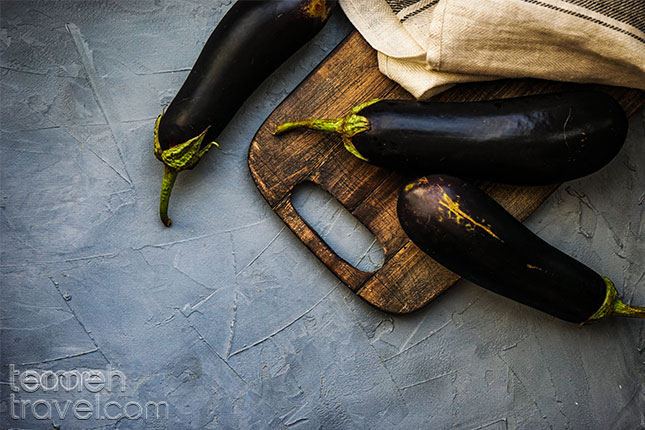
Any kind of eggplant will do, the long thin ones or the fat short ones, whichever you can find will make a wonderful Khoresht. Just peel the skin and slice them lengthwise. The tricky part of eggplants is their seeds, the bad thing about an eggplant with a lot of seeds, is that it means the eggplant is bitter. If you are unfortunate and you slice your eggplants and find seeds all over, you might still be able to save your stew a little bit, here is how:
Cut out the end, the seediest part of the eggplant, and sprinkle salt on each side of the remaining portion of your slices, sweat your eggplants, and dab the moisture off with a paper towel; this will help with the bitterness.
A bitter eggplant will give you a bitter stew, and a seedy eggplant will compromise the texture.
Onions:
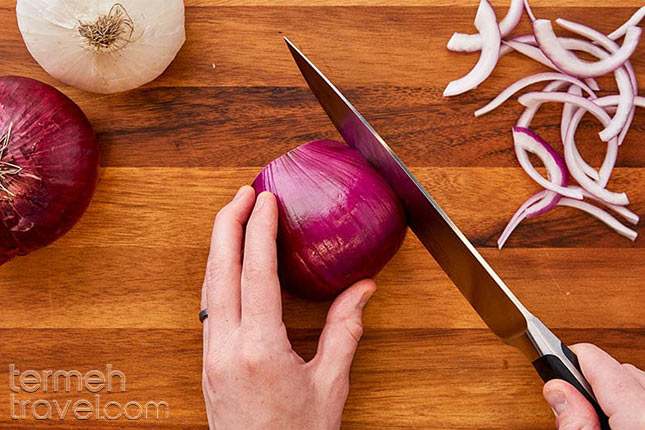
Iranians believe that where there is meat, there has to be an onion. You will never find a Persian food that contains meat with no onion in it.
Roughly diced onions in stews are just for taste, and you won’t be able to see them once the stew is ready to be served.
Turmeric:

All Persian foods contain turmeric; it’s the beloved brother of salt and pepper.
Turmeric adds a golden color to the food, making it visually more appealing.
Verjuice:
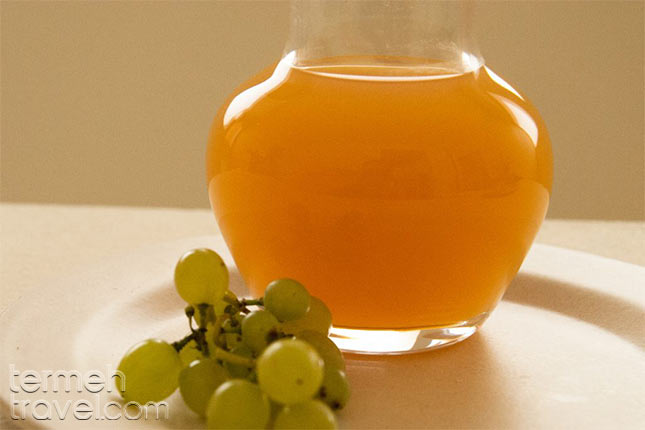
Eggplants are typically tasteless, so they need all the help they can get. Some believe that an eggplant stew desperately needs verjuice, while others think that salt will do the job; this depends on your tastebuds.
Rice:
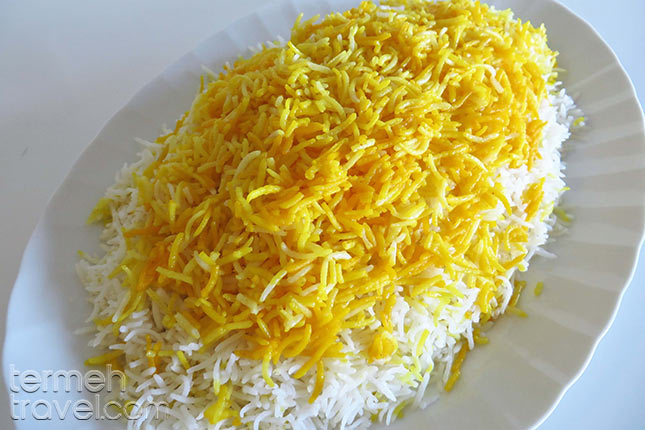
Persian rice, also known as white rice, makes an absolutely wonderful Chelo. Explaining how to cook a perfect pot of rice is one of the hardest things to do for all Iranians. If you are a Persian home cook, you definitely eyeball every proportion, and that’s the reason explaining the proportions of anything may lead to brain cells dying. Jokes aside, here are the tips I can teach you for the perfect Chelo-Khoresht.
Tahdig:
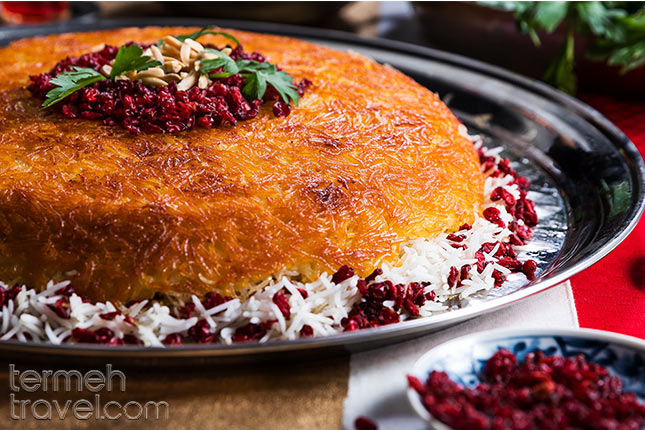
If you want a Tahdig (that famous crunchy crust) with your rice, here is what you need to know.
Basically, anything can be turned into Tahdig, starting from bread or potatoes all the way to vegetables like lettuce, any crispness on the bottom of your pot is considered Tahdig.
Some Tahdigs are more famous than others, such as potatoes, bread, and rice. Also, zucchini, eggplant, cabbage, and lettuce are just as delicious as the rest.
Use your imagination, fry it up, and be confident that it’ll turn out fantastic.
Eggplant Stew
Don’t let the timing scare you, as we all know you can’t rush perfection! Here is how to make the perfect Chelo Khoresht, a Persian lunch, a mixture of textures, and an absolute delight.
Course: Stew, Lunch/dinner
Cuisine: Persian
Prep Time: 30 minutes
Cook Time: 2 hours
Total Time: 2.5 hours
Servings: 4
Calories:312Kcal
Ingredients
For the stew
- 3 eggplants, peeled and sliced
- 2 tbsp vegetable oil for pan-frying eggplants
- 300 gr Lamb meat, copped to 1-inch cubes
- 1 Medium onion, roughly diced
- 2 tbsp vegetable oil for sauteing onions
- 2 tbsp Tomato paste
- 1 tsp Salt
- ½ tsp Black pepper
- 1 tsp Turmeric
- 2 cups Water
- ¼ cup Verjuice
For the rice
- 3 cups of Persian rice/white rice (¾ cup rice per person)
- 4 cups water, boiling
- 1 ½ tbsp Salt
- 2 tbsp Frying oil for Tahdig (optional)
Instructions
Step 1: Frying the Meat
In a medium-sized pan, heat up one glug of vegetable oil and pan-fry your eggplant slices for 2-3 minutes per side or until browned.
Heat a pot big enough for the amount of your stew and add two tablespoons of vegetable oil, add diced onion, and saute for two minutes on medium-high heat.
Add the cubed meat. Season the meat with the seasonings mentioned. Also, add two tablespoons of tomato paste.
Step 2: Cooking the Meat
Pour in four cups of water, let it boil, turn the heat down to low, cover the pot with a lid, and let it cook for 2-3 hours until the meat is well done.
Step 3: Cooking Eggplants
Add the previously cooked eggplant slices to your stew and let it cook for an additional thirty minutes. Pour in the preferred amount of verjuice and let it boil on medium-high heat for another ten minutes.
Cooking Rice
Soak the rice in a bowl of water for thirty minutes. Boil four cups of water in another pot.
Season the boiling water with three tablespoons of salt. Pour the soaked rice into the pot of boiling water and let it cook on medium-high for 15 minutes or until the rice is cooked.
Strain the rice and wash it with cold water to prevent it from cooking more.
For Tahdig, slice two to three potatoes thinly (depending on how big or small your pot is, make sure the slices are completely covering the bottom of your pot) or use flatbread.
Add a glug of vegetable oil to your pot, heat the oil on medium-high, and carefully place the pieces of your desired Tahdig (bread/potato)
Let them crisp up and turn golden brown before adding the cooked rice.
Turn the heat down, cover the pot with a lid, and let it steam for 30-40 minutes.
Enjoy!
Pro Tips
Make saffron rice by grinding a pinch of saffron in a medium-sized bowl, mixing it with one or two tablespoons of boiling water, and letting it sit for one to two minutes. Then you add the cooked rice you just made to the bowl, and toss the rice with saffron until it turns golden yellow. You can design your Chelo with spoonfuls of saffron rice.
Making Tahdig is hard for someone who has never done it before, so if you are a beginner stick to flatbread, it turns crispier much sooner, and if you burn it… well, who doesn’t like a little bit of burnt bread?
Vegan Eggplant Stew:

For my vegan/vegetarian friends, I promised you that I’d separate the meat. You’ll need to change a few steps, so let me dive in real quick.
After peeling, slicing, and pan-frying the eggplants, take them out of the pan, and add diced onion to the remaining oil. Replace your favorite vegan protein with the meat which can be mushroom, tofu, walnuts, or chickpeas.
Saute the onion, add seasoning, tomato paste, and water, add cooked eggplants back in, and let it simmer for 30-40 minutes.
You can enjoy it with bread or rice however you like.
Nutrition
Serving: 1 person
Calories: 781cal
Carbohydrates: 77.75g
Protein: 24.65g
Fat: 43.30g
Cholesterol: 76.75mg
Sugar: 8g
Potassium: 690.75mg
Vitamin A: 22.4IU
Vitamin C: 14.7mg
Calcium: 33.85mg
Iron: 3.65mg
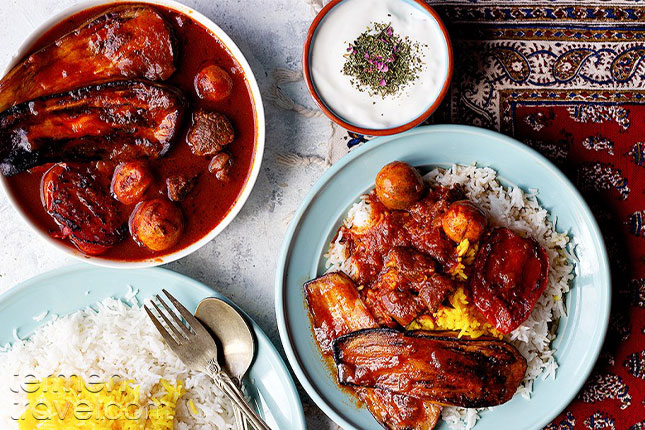
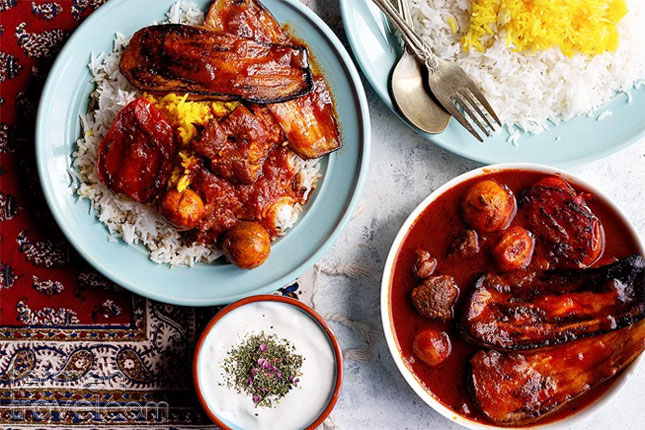


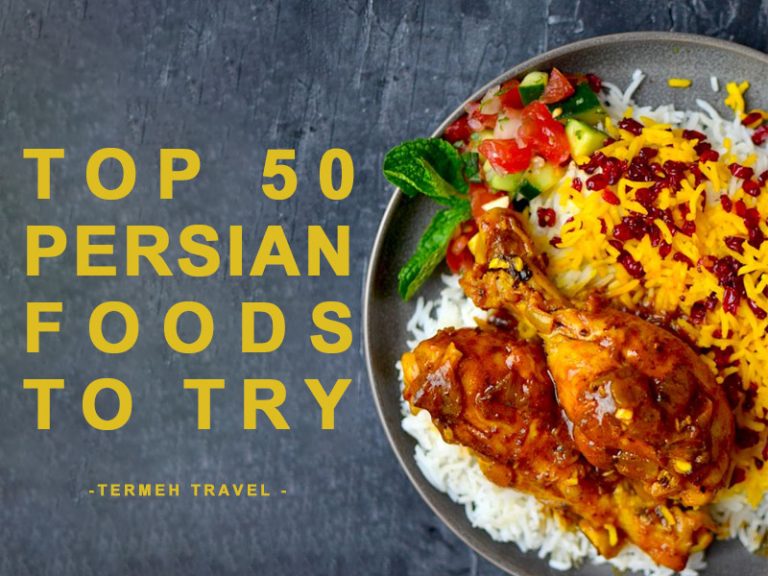
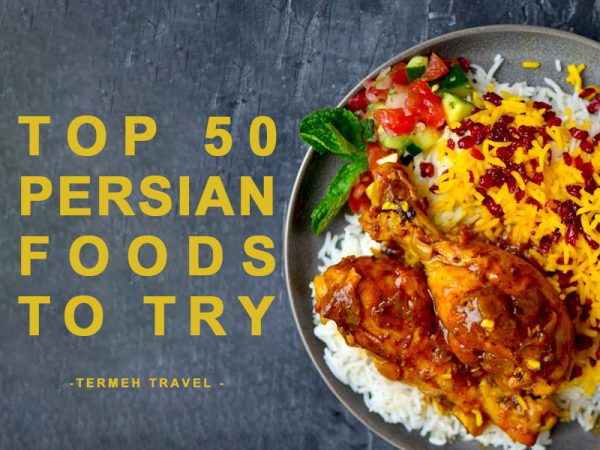
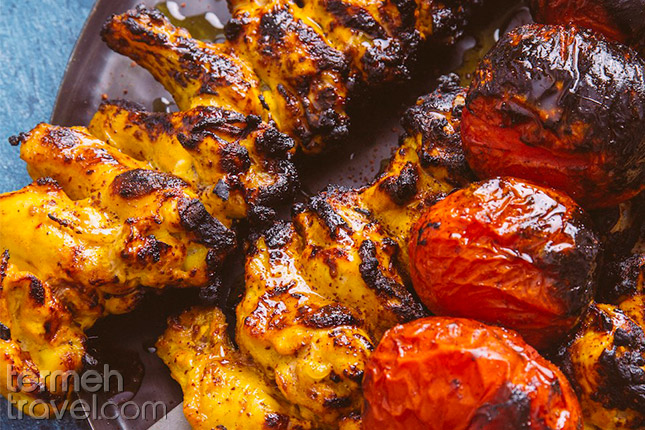
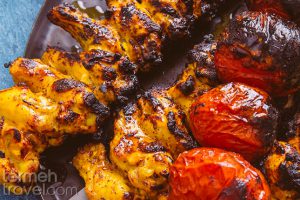
It’s so so so delicious 😋😋😋😋😋
Thank you so much
Wonderful dish, I Just like to know how you fry the eggplants 🍆 in two tablespoons of oil?!
I make this food all the time and while the measurements seems correct, but never even come close to what is stated.
make sure that your pan and oil is hot, it’s important for the eggplants to be dried and salted before frying.
I hope this would be helpful